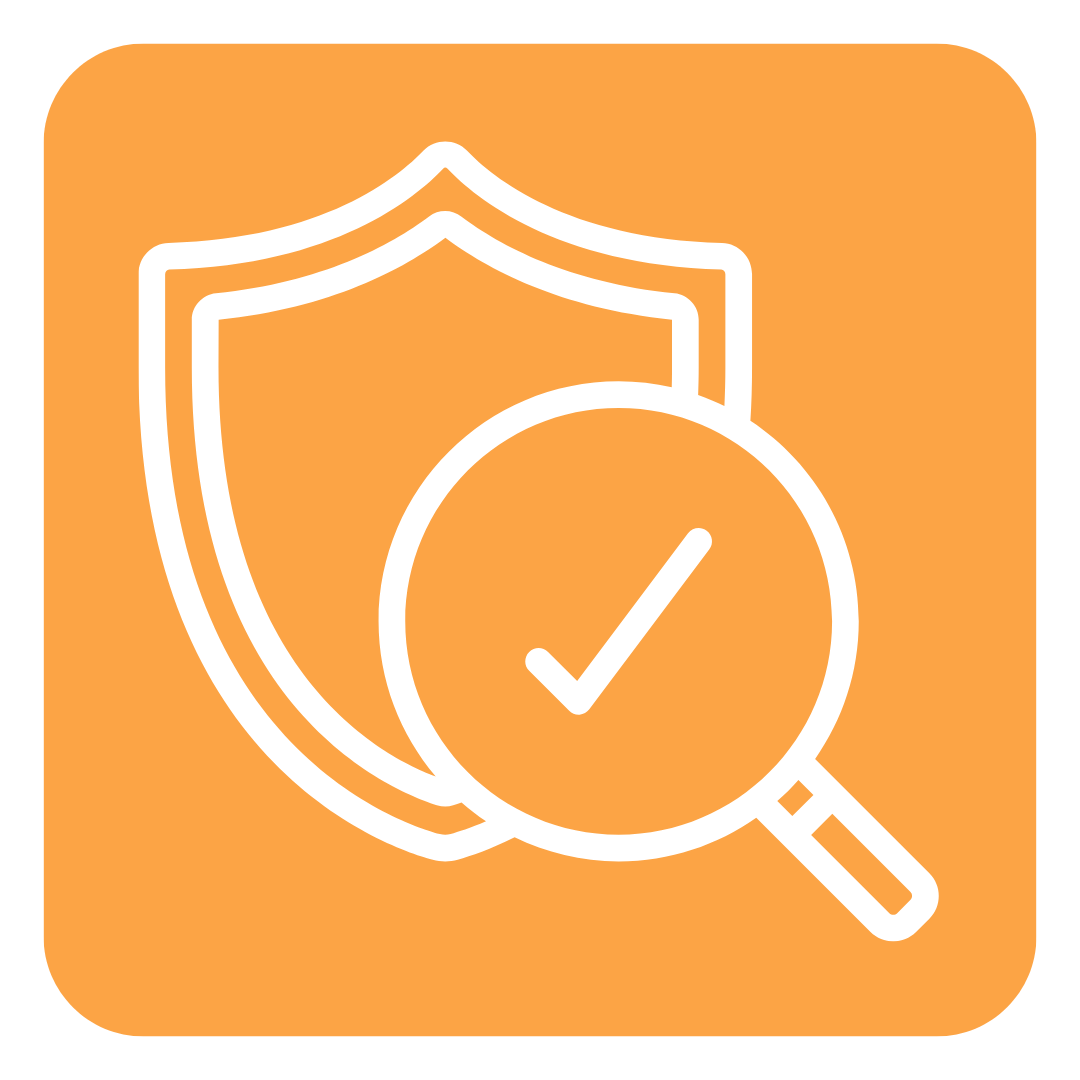At Navitas Safety, we recognise that fire safety is essential to safeguarding your business, employees, and customers. We know that keeping up with fire safety regulations can be complex, but it doesn’t have to be.
Our Fire Risk Assessment Services are here to guide you through the process, ensuring compliance, minimising risks, and creating a safer environment for everyone on your premises.


A fire risk assessment is a comprehensive and systematic review of your premises, identifying fire hazards, evaluating risks, and determining the measures needed to mitigate them. This process ensures compliance with legal standards and provides a framework for maintaining ongoing safety.
Under the Regulatory Reform (Fire Safety) Order 2005, fire risk assessments are
a legal requirement for businesses and property owners, including:




For buildings with more than five regular occupants, the fire risk assessment must be documented, reviewed at least annually to ensure it remains suitable and sufficient, and be available for review by enforcement authorities.
The consequences of inadequate fire safety planning can be devastating, including loss of life, significant property damage and severe legal penalties. Here’s why fire risk assessments are essential:

Fire risk assessments are a legal obligation. Failure to comply can result in fines, business closure, or even imprisonment for those deemed responsible.

By identifying hazards and implementing control measures, fire risk assessments help prevent incidents, protecting lives and property.

Comprehensive fire safety planning ensures the well-being of employees, customers and visitors.

A well-prepared fire safety plan minimizes disruptions in the event of an incident, protecting your reputation and operations.
The level of detail in a fire risk assessment will depend on the size and complexity of your premises. Key areas typically evaluated include:









In our initial consultaion phase, we work to:

Our experts visit your site to conduct a thorough assessment, involving:

We provide a detailed report, including:

to ensure your safety measures remain effective, we offer:

Fire safety is essential for every business, and Navitas Safety is here to help. Whether you need a new fire risk assessment, a review of an existing one, or expert advice on improving fire safety, our team is ready to assist.
Contact us today to learn more about our services and take the first step towards a safer, compliant future for your business.
By submitting your details you agree to the terms outlined within our privacy policy and terms and conditions.